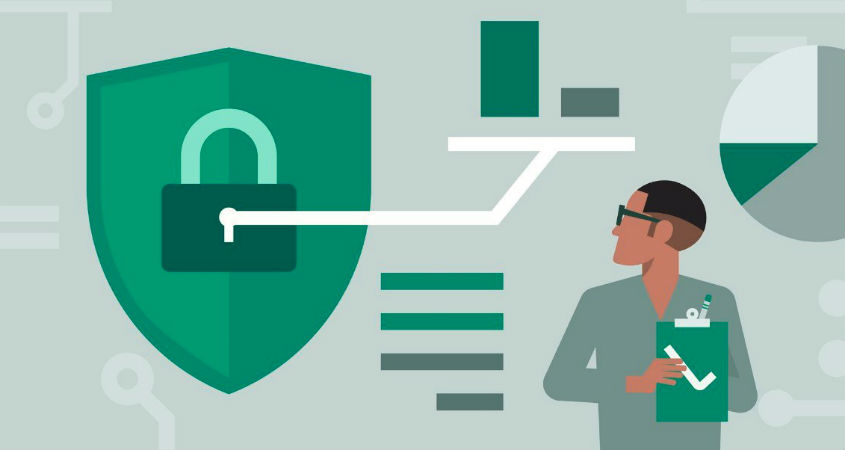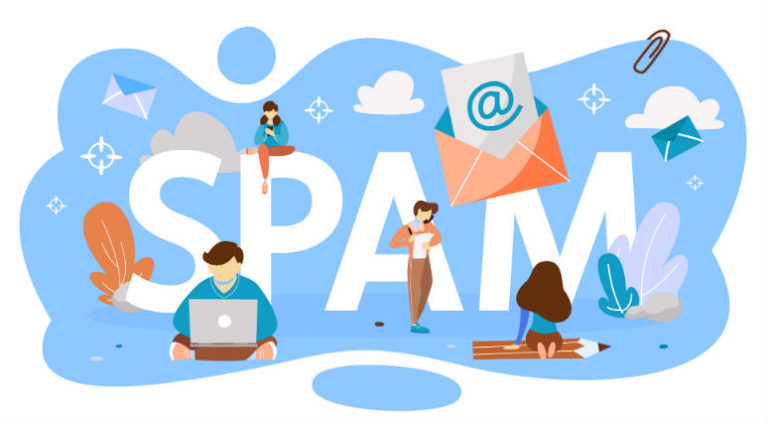Bulk Email Services: Know How Email Authentication Helps To Deliver Emails To Customers’ Inboxes
Many businesses face the junk folder issue where their emails are delivered either in the spam or junk folder instead of inbox. In this article, we’ll discuss how email authentication helps your marketing emails get delivered to the customer’s inbox without any hassles. Even marketers involved with affiliate marketing campaigns should know about inbound SMTP server, outbound SMTP server, etc.
If you are into email marketing or a business owner looking for a hassle-free bulk email service, then you must have come across some terms like email authentication, SPF and DKIM. If not, then this article will help you get a clear picture of what email authentication is all about and how SPF, DKIM, and DMARC can help them in sending out bulk emails.
Understanding Email Authentication & Its Significance
When it comes to junk emails, most of these emails are sent from forged email addresses. If these forged emails are stopped, then almost 40-50% of spam could be prevented. To do so, businesses buy commercial SMTP services; however, they fail to consider that SMTP servers have no option to stop forged email addresses by default. This is where SPF, DKIM, DMARC come into the play as they help to identify forged emails by validating the domain name of the sender and providing a way of authenticity to the emails, thus adding another layer of protection for both the email sender and the receiver. However, email authentication doesn’t confirm the deliverability of the emails to the customer’s inbox.
Lately, bulk SMTP servers are relying on every possible option to increase the chances of getting their emails delivered to the intended audience. And email authentication is one such option that prevents the distribution of unwanted and spam emails. Most of the SMTP services use various methods to verify the email messages before they get delivered to the inbox. Emails without any proper authentication have higher chances of getting rejected/blocked or landing in the junk folder.
Sender Policy Framework
The first line of defense in email authentication is the Sender Policy Framework (SPF). Imagine you receive a letter in your mailbox. If the letter comes with a printed letterhead, then you can assume it is from a trusted source. In the same way, SPF ensures that the email sent is from an authenticated source. It even provides a tracking number for the SPF record. In case you have any suspicion, you can very well verify the sender’s information.
In other words, adding an SPF record is nothing but adding a return address. Imagine if you receive a letter with a duplicate return address or if the address is not available, then it is proof that the letter is forged. While it is not necessary for letters, it is extremely important for email messages as most of the spam and phishing attacks happen primarily through forged emails.
When there is an SPF record added to an SMTP server, the receiving SMTP server can request the sender SMTP for a list of approved IP addresses. If the address doesn’t match with the listing provided, then the receiver SMTP will block the sender.
DomainKeys Identified Mail
Another kind of email authentication is DomainKeys Identified Mail (DKIM) authentication and is much newer than the SPF record. While SPF is like adding a return email address, DKIM is similar to a wax seal attached to an envelope, meaning it cannot be tampered with. In older days, envelopes were sealed with some wax seal to ensure that it is not tampered during delivery. Hence it is impossible to open the envelope without breaking the wax seal. And the signature that is placed on the wax seal is not available with everyone except the sender. Hence, the receiver can check the authenticity of the email based on the wax seal and the signature perched on top of it.
While with SPF, a single record is added, with DKIM, two encryptions are added. And when an email is sent, the sender SMTP adds a DKIM signature using a private key along with some encryption techniques. Every email sent gets added with a DKIM signature. With a DKIM record added, it would become nearly impossible to read or alter the content of the email message. On the other hand, when the receiving email server uses a public key and only if the key matches, then the email will get sent to the intended recipient.
Domain-Based Message Authentication, Reporting, and Conformance
Domain-Based Message Authentication, Reporting, and Conformance (DMARC) is another email authentication method utilized by SMTP servers to add some authenticity to the email messages and send unlimited emails seamlessly. Unlike the SPF and DKIM, DMARC comes with an added repertoire of features that not only adds authenticity to email messages but also comes forth with a set of rules that tells receiving SMTP servers how to deal with rejected/blocked email messages. There is also a reporting feature that allows the sender to receive reports when email messages are rejected because of DMARC verification.
Final Words
We hope you got a better understanding of what email authentication is all about and how SPF, DKIM, and DMARC help in email authentication. Implementing these email validation methods is also very simple and takes just a few minutes to add some authentication to your email messages. While email authentication doesn’t guarantee 100% email deliverability, it still gives you an added hope that your bulk email service works appropriately, and your emails get delivered to the intended audience. In addition to the above, you’re also encouraged to use a dedicated SMTP server.




